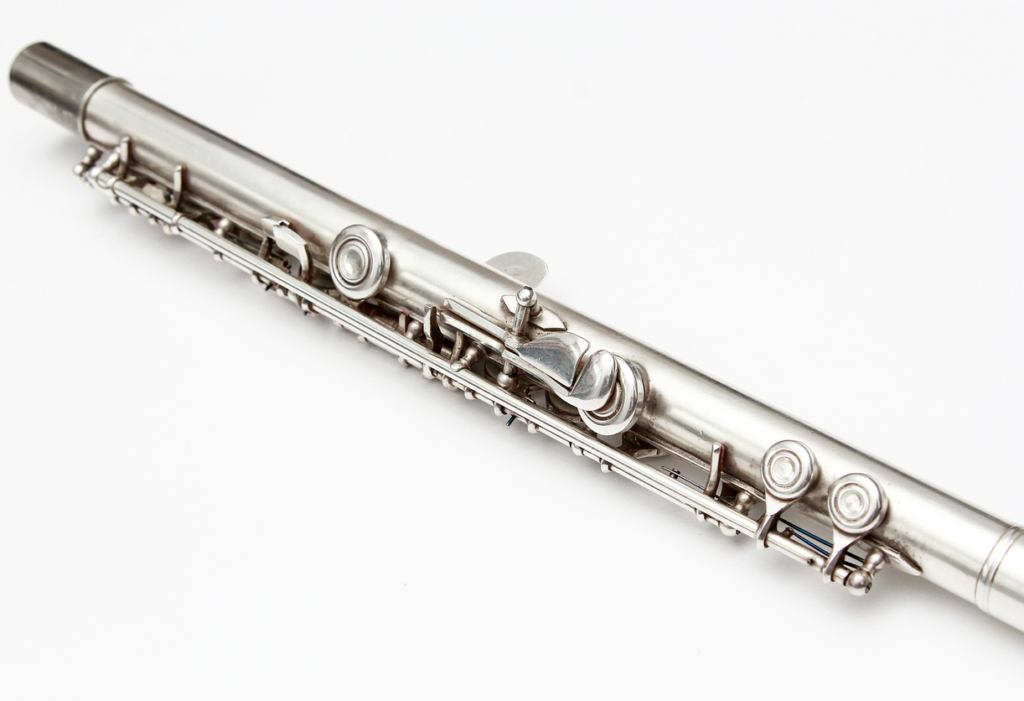
Musical Instrument Parts–
Using 5-Axis CNC Machines to Produce Musical Instrument Parts
5-axis CNC machines can be used to produce musical instrument parts with high precision and complexity.
The ability of 5-axis machines to move the cutting tool in multiple directions allows for more intricate and precise cuts, making them a valuable tool in the production of musical instruments.
Musical Instruments Which Are Benefited Through CNC Machining
Here are some examples of musical instrument parts that can be produced using a 5-axis CNC machine:
Guitar bodies and necks:
A 5-axis CNC machine can be used to mill guitar bodies and necks from a solid block of wood or other material with great precision. This allows for the creation of complex shapes and contours that might be difficult to achieve with traditional tools.
Flute bodies: Flutes are often made from metal or wood, and require precise machining to ensure the correct tone holes and embouchure are in the right position. A 5-axis CNC machine can mill these parts with great precision, ensuring a consistent sound across multiple instruments.
Trumpet valves: Trumpet valves are complex parts that require tight tolerances to function properly. A 5-axis CNC machine can mill these parts from brass or other metals with high precision, ensuring a smooth and reliable operation.
Drum shells: Drum shells can be made from a variety of materials, including wood, acrylic, and metal. A 5-axis CNC machine can be used to mill these shells with intricate patterns and shapes, creating unique and visually striking instruments.
Overall, 5-axis CNC machines offer a high level of precision and complexity in the production of musical instrument parts. This can lead to improved sound quality, consistency, and aesthetic appeal in the final product.
Using 5-axis CNC Machines to Flute Parts
CNC machining can be an effective method for producing high-quality musical instruments with a high degree of precision and accuracy. The process involves using computer-controlled cutting tools to remove material from a block or sheet of material, such as wood or metal, to produce the final shape of the instrument.
When making a flute using CNC machining, the process typically involves the following steps:
Design: The first step is to design the flute using computer-aided design (CAD) software. This involves creating a 3D model of the flute that can be used to program the CNC machine.
Material selection: The next step is to select the appropriate material for the flute. Wood is a common material used for flutes, although other materials such as metal or plastic can also be used.
CNC programming: Once the design is complete, the next step is to program the CNC machine to produce the flute. This involves creating a set of instructions that tell the machine how to move the cutting tool to produce the desired shape.
Machining: Once the CNC machine is programmed, it can begin machining the flute. The cutting tool removes material from the raw material to produce the final shape of the flute.
Finishing: After the machining is complete, the flute may need to be finished to remove any rough edges or imperfections. This can be done using a variety of techniques, such as sanding, polishing, or applying a protective finish.
The Advantages of Using CNC Machines to Produce Flues
Using CNC machining to produce flutes can offer several advantages, such as:
Precision: CNC machines can produce parts with a high degree of precision and accuracy, which is important for producing musical instruments with consistent sound quality.
Repetition: CNC machines can produce large quantities of identical parts with consistent quality, reducing the risk of human error and ensuring that all parts meet the same specifications.
Complexity: CNC machines can produce complex shapes and geometries that would be difficult or impossible to produce using traditional manufacturing methods, allowing for greater design flexibility.
Efficiency: CNC machines can operate continuously for long periods of time, with minimal supervision required. This allows for faster production times and lower labor costs.
Overall, CNC machining can be an effective method for producing high-quality flutes and other musical instruments with a high degree of precision and accuracy. However, it’s important to note that CNC machining is just one part of the overall manufacturing process, and traditional craftsmanship and finishing techniques may still be required to produce a truly exceptional instrument.
